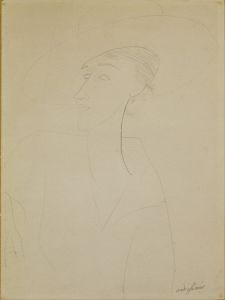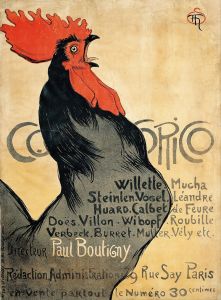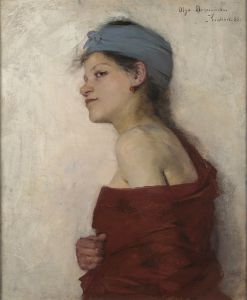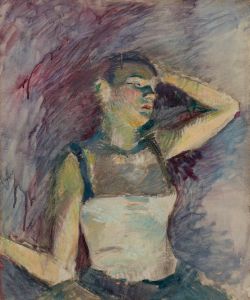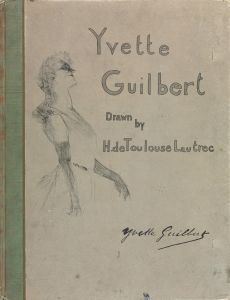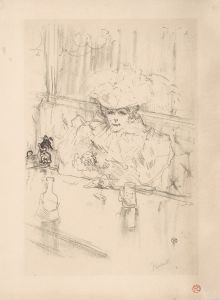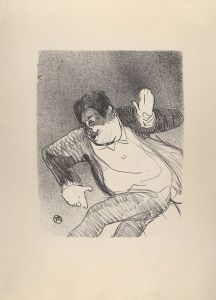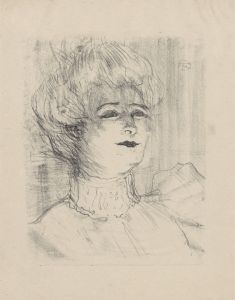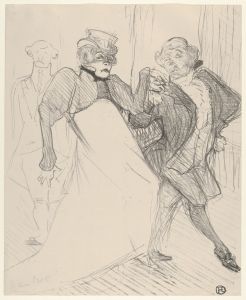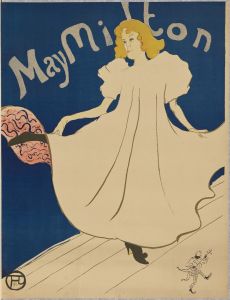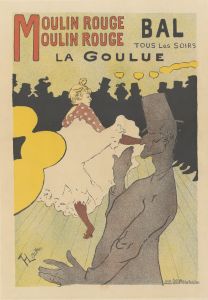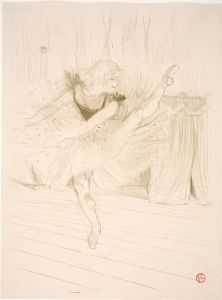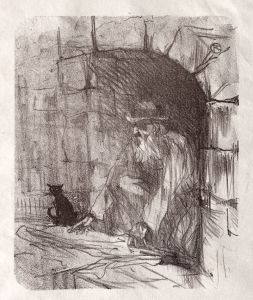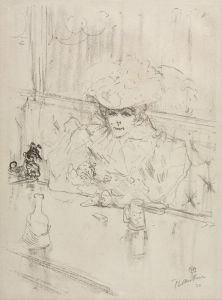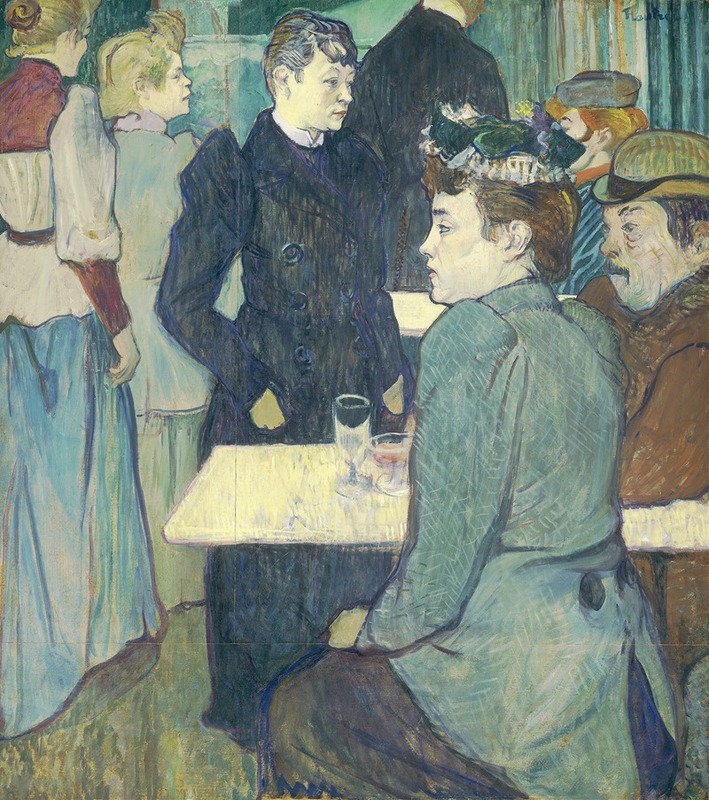
A Corner of the Moulin de la Galette
A hand-painted replica of Henri de Toulouse-Lautrec’s masterpiece A Corner of the Moulin de la Galette, meticulously crafted by professional artists to capture the true essence of the original. Each piece is created with museum-quality canvas and rare mineral pigments, carefully painted by experienced artists with delicate brushstrokes and rich, layered colors to perfectly recreate the texture of the original artwork. Unlike machine-printed reproductions, this hand-painted version brings the painting to life, infused with the artist’s emotions and skill in every stroke. Whether for personal collection or home decoration, it instantly elevates the artistic atmosphere of any space.
Henri de Toulouse-Lautrec, a prominent French painter, printmaker, and illustrator, is renowned for his depictions of Parisian nightlife in the late 19th century. One of his notable works, "A Corner of the Moulin de la Galette," captures the vibrant and lively atmosphere of one of Paris's most famous dance halls, the Moulin de la Galette. This venue, located in the Montmartre district, was a popular gathering place for Parisians and artists alike, offering a glimpse into the bohemian lifestyle that characterized the area during this period.
Toulouse-Lautrec's painting, created in 1892, is an oil on canvas that measures approximately 88.9 cm by 117.5 cm. The artwork is a testament to his keen observational skills and his ability to capture the essence of social interactions. Unlike many of his contemporaries, Toulouse-Lautrec was less concerned with idealizing his subjects and more focused on portraying them with authenticity and immediacy. This approach is evident in "A Corner of the Moulin de la Galette," where he presents a candid snapshot of the patrons enjoying their evening.
The composition of the painting is dynamic, with figures arranged in a way that suggests movement and interaction. Toulouse-Lautrec employs a loose, expressive brushwork that adds to the sense of liveliness and spontaneity. The use of color is also notable; he utilizes a palette that includes rich reds, deep blues, and earthy tones, which contribute to the warm and inviting atmosphere of the scene. The lighting in the painting is particularly effective, with the glow of the gas lamps casting soft shadows and highlighting the features of the individuals present.
In "A Corner of the Moulin de la Galette," Toulouse-Lautrec captures a cross-section of Parisian society. The painting includes a diverse array of characters, from elegantly dressed women to working-class men, all engaged in conversation or dance. This diversity reflects the inclusive nature of the Moulin de la Galette, which was known for attracting a wide range of patrons. Toulouse-Lautrec's attention to detail in depicting the clothing and expressions of his subjects adds depth to the scene, allowing viewers to imagine the stories and interactions taking place.
The painting is also significant for its historical context. During the late 19th century, Montmartre was a hub of artistic activity, and the Moulin de la Galette was at the heart of this vibrant community. Toulouse-Lautrec, who was a regular visitor to the venue, was deeply influenced by the lively atmosphere and the eclectic mix of people he encountered there. His work provides valuable insight into the social dynamics and cultural milieu of the time.
Today, "A Corner of the Moulin de la Galette" is housed in the Art Institute of Chicago, where it continues to be appreciated for its artistic merit and historical significance. The painting is a quintessential example of Toulouse-Lautrec's ability to capture the spirit of Parisian nightlife and remains a vital part of his legacy as an artist who chronicled the world around him with honesty and flair.





